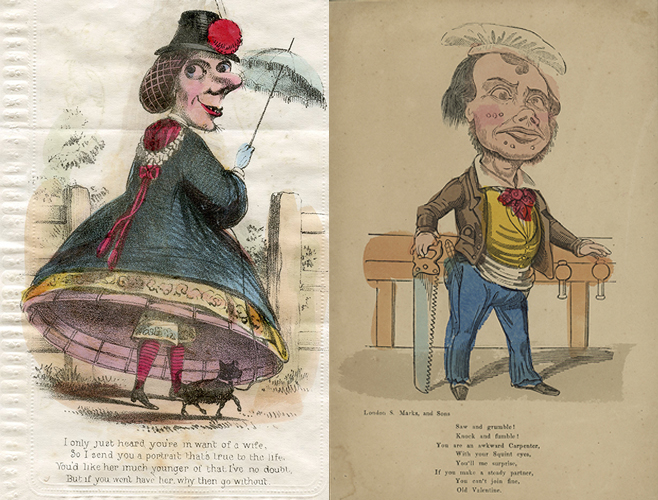News | Wednesday, 19th September 2018
Innovative 3D scanning and modelling helps solve mystery of mammal penis bones
Researchers determine why male animals have a baculum for mating

University biologists have used innovative 3D scanning and engineering-inspired computer simulations to help solve the mystery of why some species of male mammals evolved bones in their penises.
It has never been fully understood why male animals such as tigers, bears, wolves, elephant seals and ferrets developed a rigid mineralised stick-like bone through the middle of their penis glans - known as a baculum - instead of a ligament of the kind humans have.
The bones have evolved different shapes and sizes, from the ice-cream scoop form of the honey badger to the long thin osseous bone of a black bear.
See also: The Conversation article about this piece of research - ‘Penis bones’ – an evolutionary puzzle explained using innovative 3D scanning

Innovative scanning techniques
A Manchester Metropolitan University-led research team 3D-scanned various penis bones to create 3D computer models on which they ran simulations to replicate the kind of loads sustained by the genitalia during reproduction.
Analysis of the data points to the evolution of the baculum occurring as a need for male mammals’ penises to withstand prolonged mating, and to protect the urethra for delivery of sperm for fertilisation.
The team’s findings were published in the Proceedings of the Royal Society B journal on September 19 and have future implications for animal conservation programmes.

'Novel' study helps understanding
Team leader Dr Charlotte Brassey, Biotechnology and Biological Sciences Research Council Future Leader Fellow at Manchester Metropolitan University, said: “Our study is particularly novel in taking a 3D approach to understanding the evolution of the penis bone.
“The reason natural historians are so fascinated by bacula is because they have lots of unusual features: odd ridges and grooves, strange curvature and bizarre-shaped tips.
“However, all of the previous attempts to study the baculum have simplified the bone into very basic measurements of length and width, and have ignored all this important shape information.
“Ours is the first study to use a 3D engineering approach to test the mechanical performance of the penis bone.”

Testing theories
The team considered suggestions for the evolution of the appendage such as:
- the baculum’s shape provides extra stimulation for the female and encourages her to release eggs for fertilisation
- the baculum more easily allows a male mammal to physically engage the female in mating
- the baculum’s rigidity protects the urethra and allows semen to be more effectively delivered at the end of long periods of mating
To create 3D computer models, the team 3D scanned bacula from 74 species that had been loaned by natural history museums.
They then ran a computer simulation to see how the models would react to forces experienced during mating – a technique known as finite-element analysis and more commonly associated with structural engineering.

Helping our understanding of mating
Dr Brassey said: “Some carnivorous mammals such as the fossa, a cat-like animal that is most famous as the villains in the animated movie Madagascar, can mate for up to three hours continuously and our research suggests that the penis bone is relatively stronger in such species that mate for very long durations.
“In a broader sense, understanding how and why the baculum evolved is important for several reasons.
“As mammals, and as apes more specifically, it is unusual that humans do not have a penis bone.
“By studying the role of the baculum during mating, we also hope to shine further light on why some mammals, including humans and hyenas, can be so successful at reproducing without a baculum.
“Understanding the mechanical function of genitals is also really important in terms of animal husbandry and welfare.
“Often domesticated and zoo animals can struggle to reproduce in captivity, however the reasons for this are not always clear.
“We are actively collaborating with zookeepers and their animals to try to learn more about the actual mechanics of breeding and how we can increase the likelihood of successful matings.”

The male mammal bacula tested included:
- red panda
- snow leopard
- tiger
- southern elephant seal
- brown bear
- golden jackal
- back-striped weasel
- meerkat
- honey badger
- European otter
- European polecat
- fossa (a cat-like carnivorous mammal unique to Madagascar)
- tayra (a weasel-like mammal native to the Americas)
Dr Brassey’s colleagues on the research team included James Gardiner, Research Associate at the University of Liverpool.




